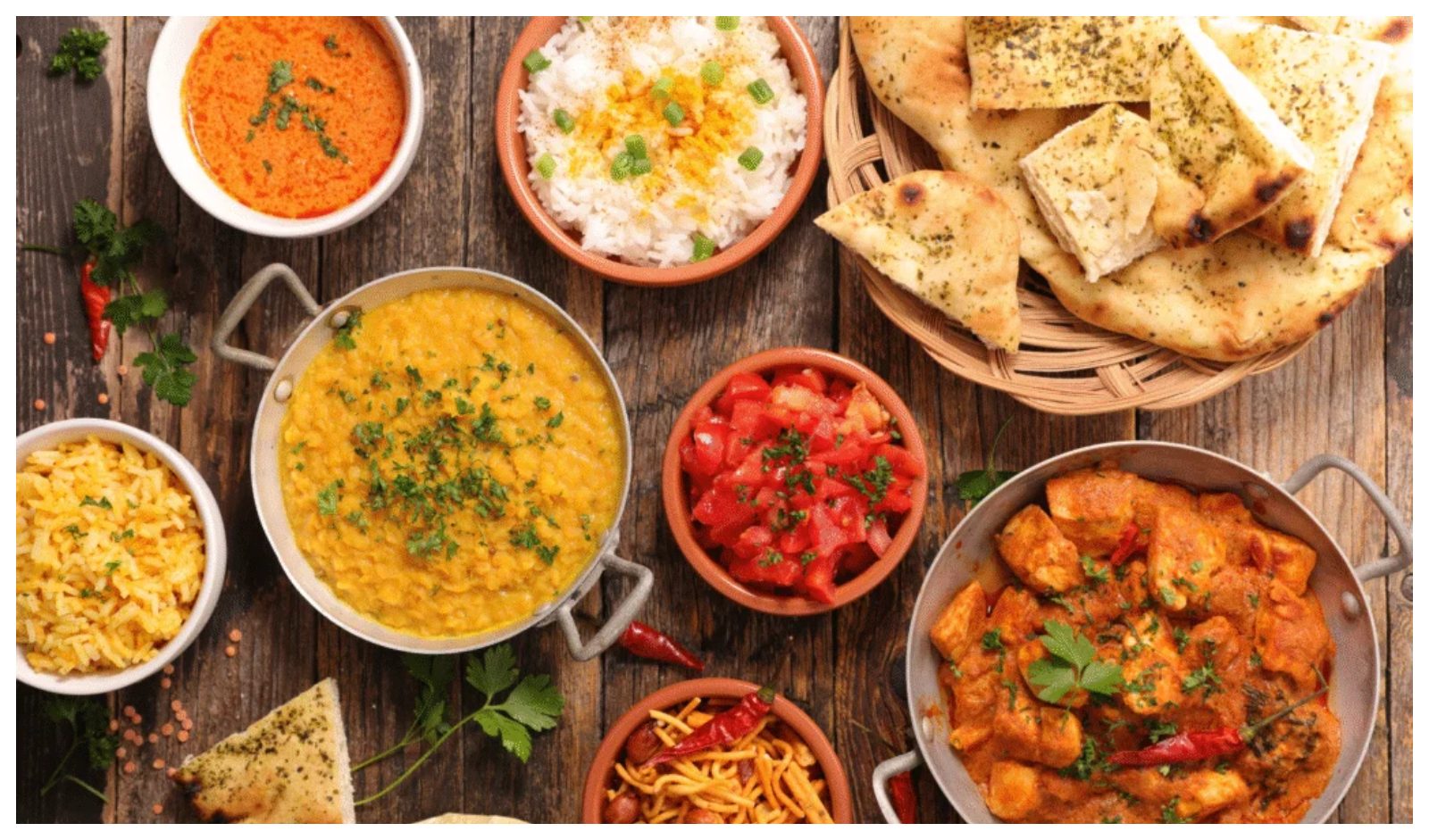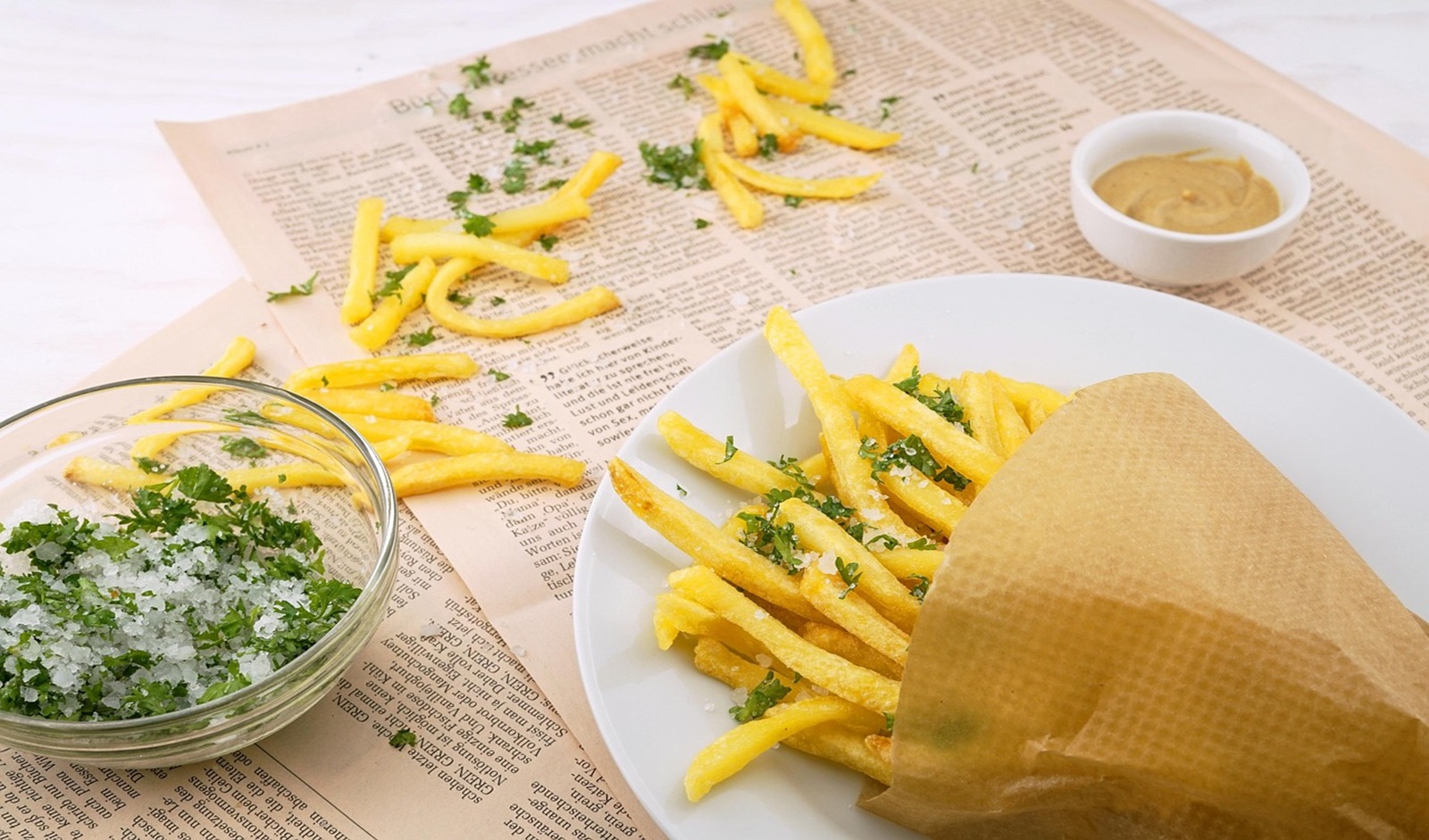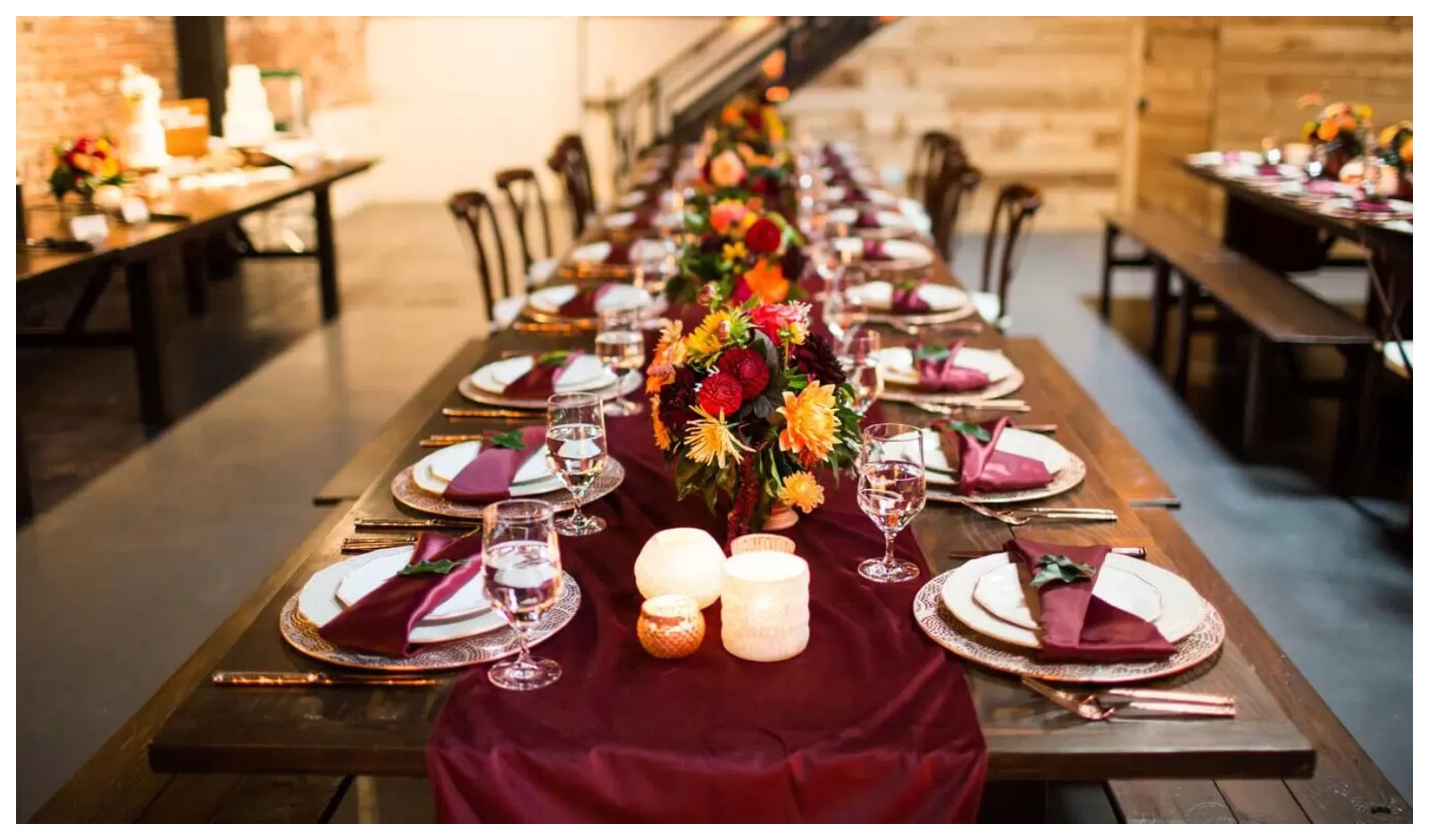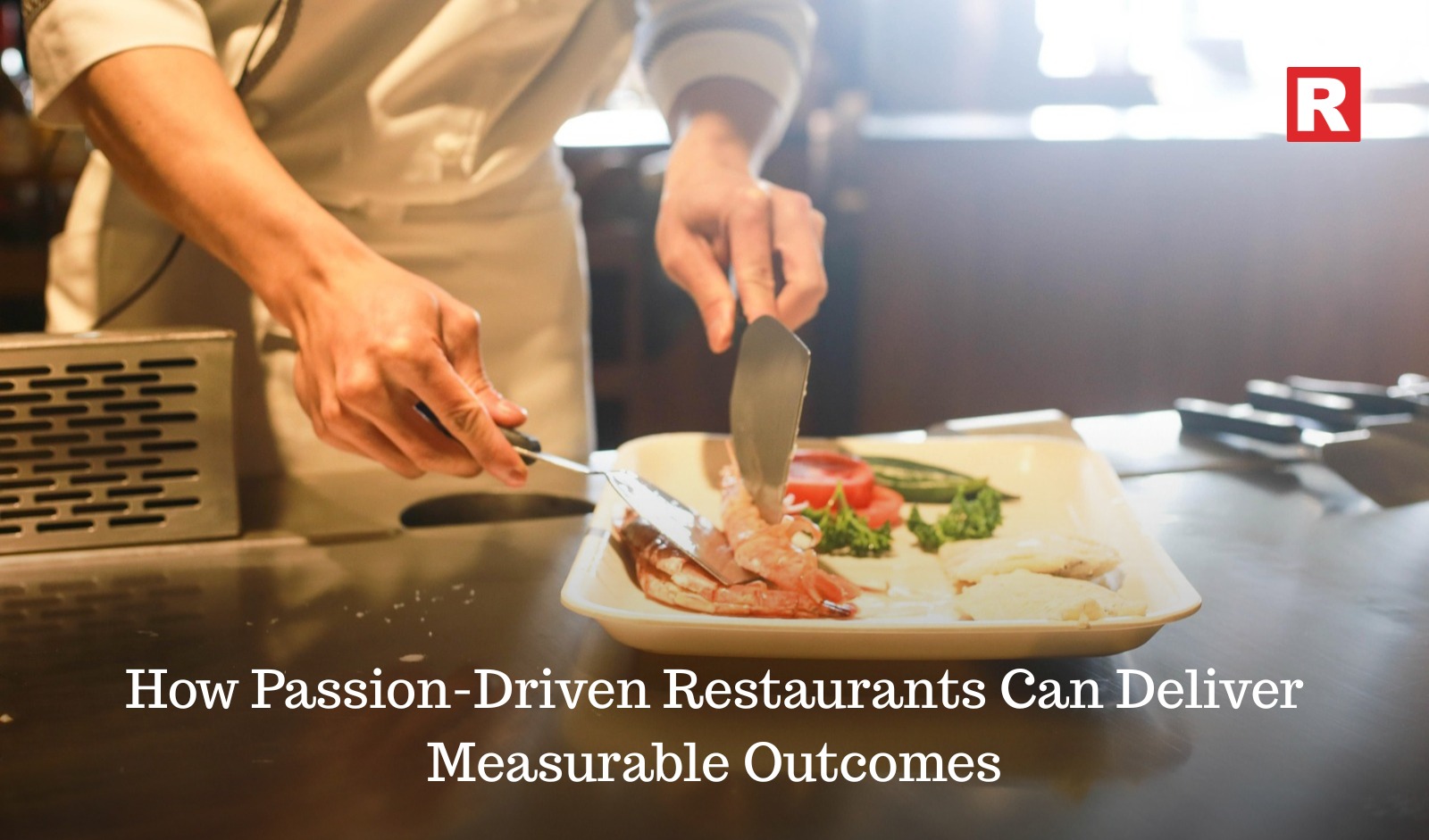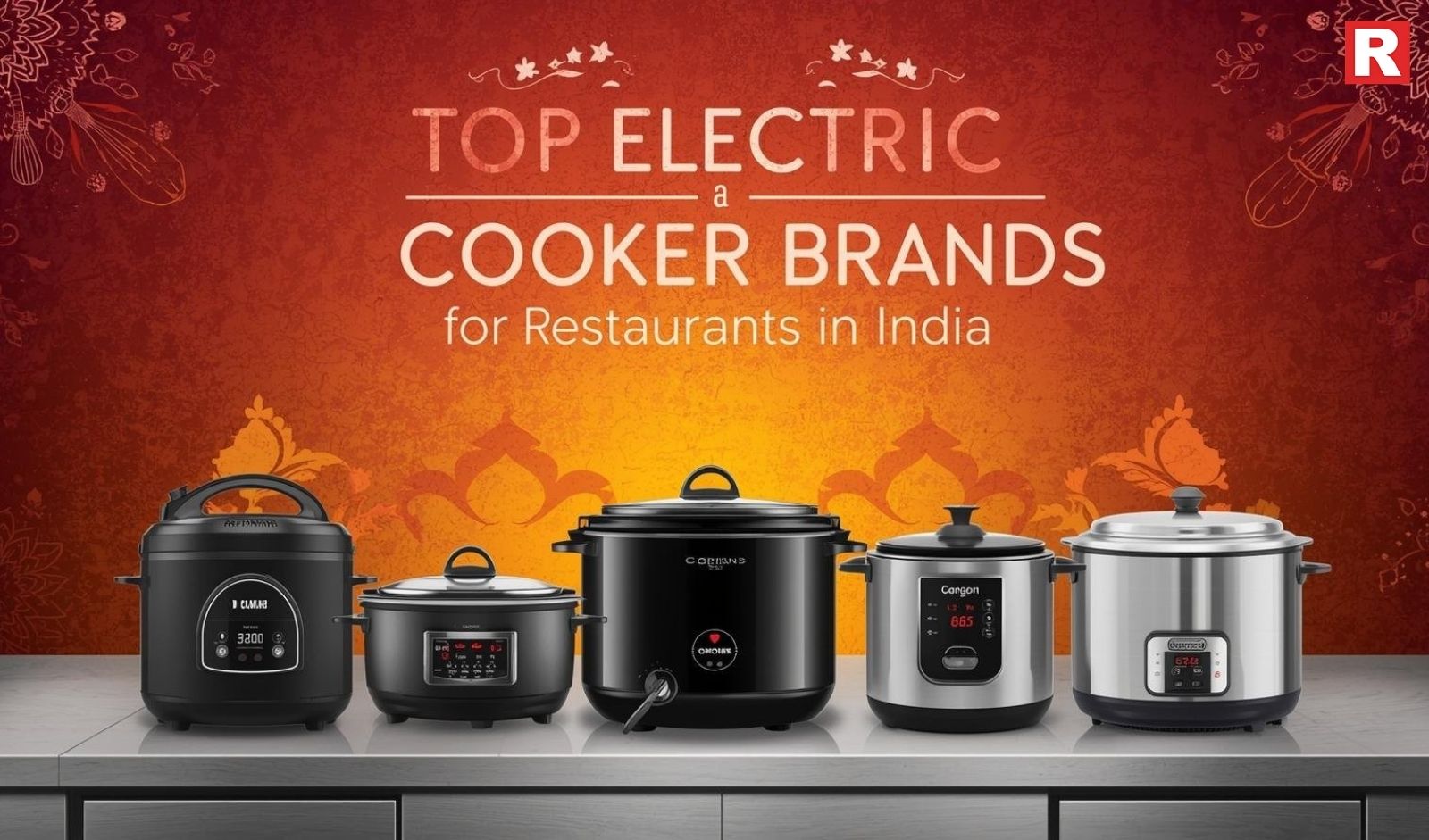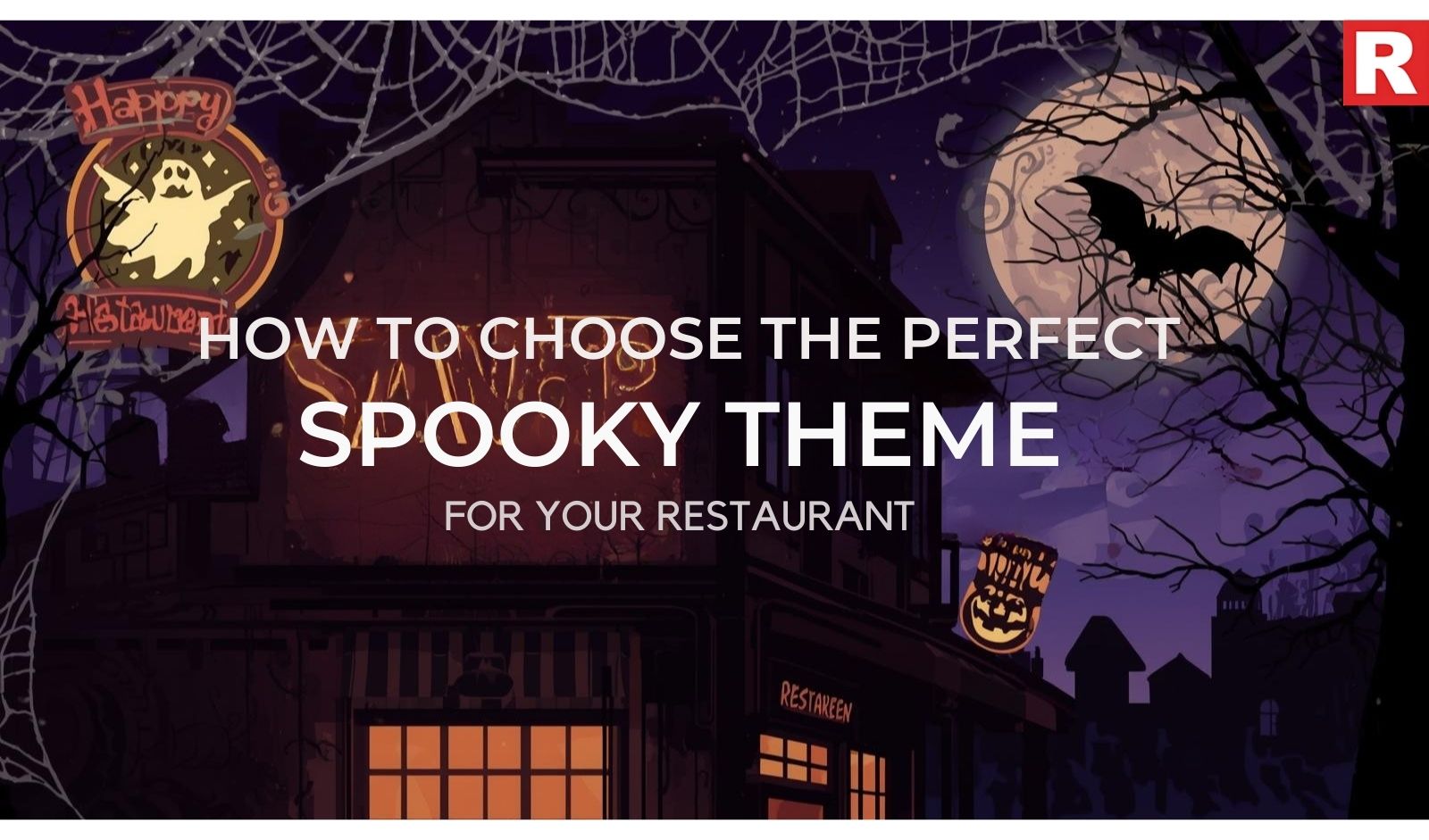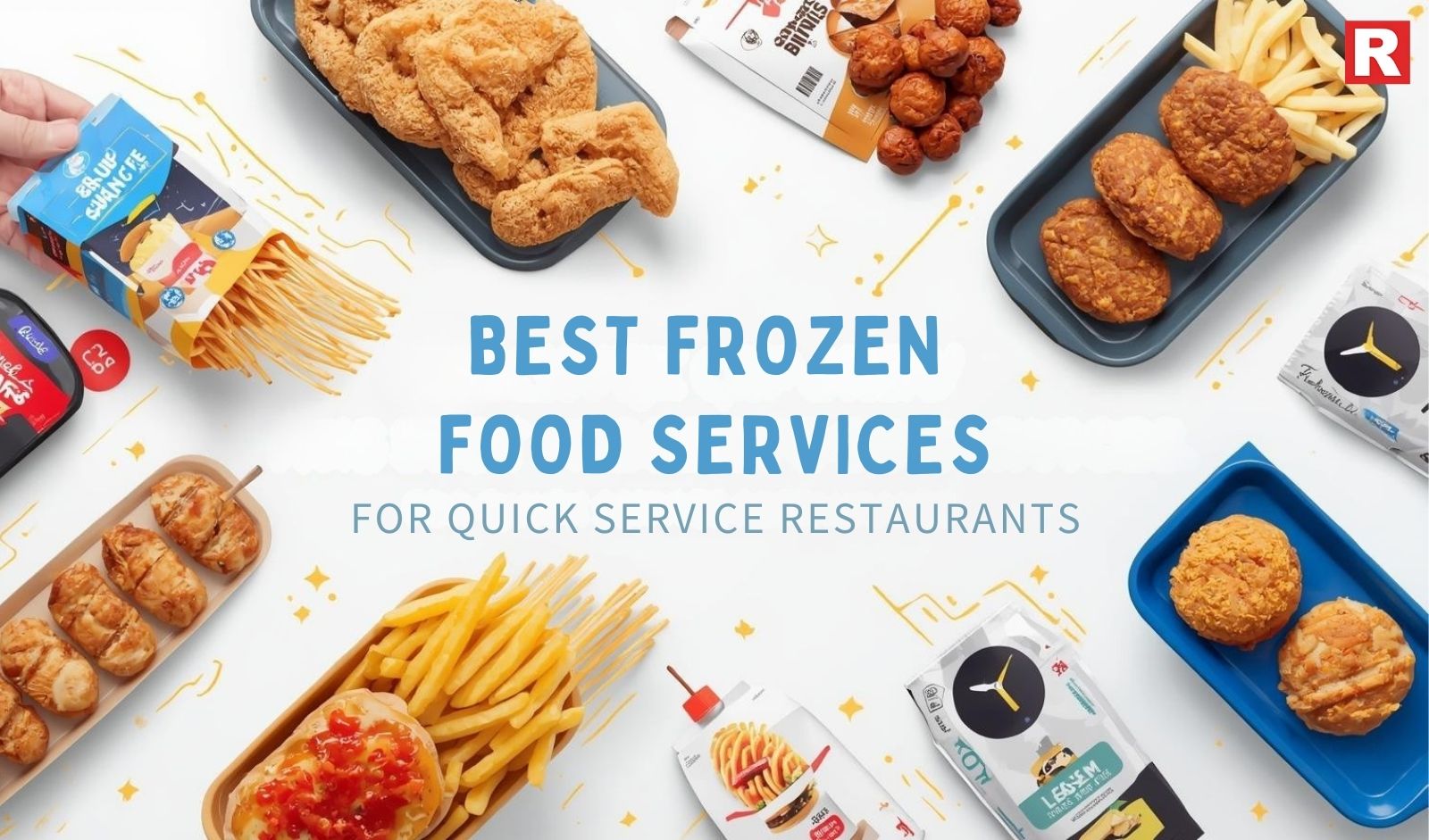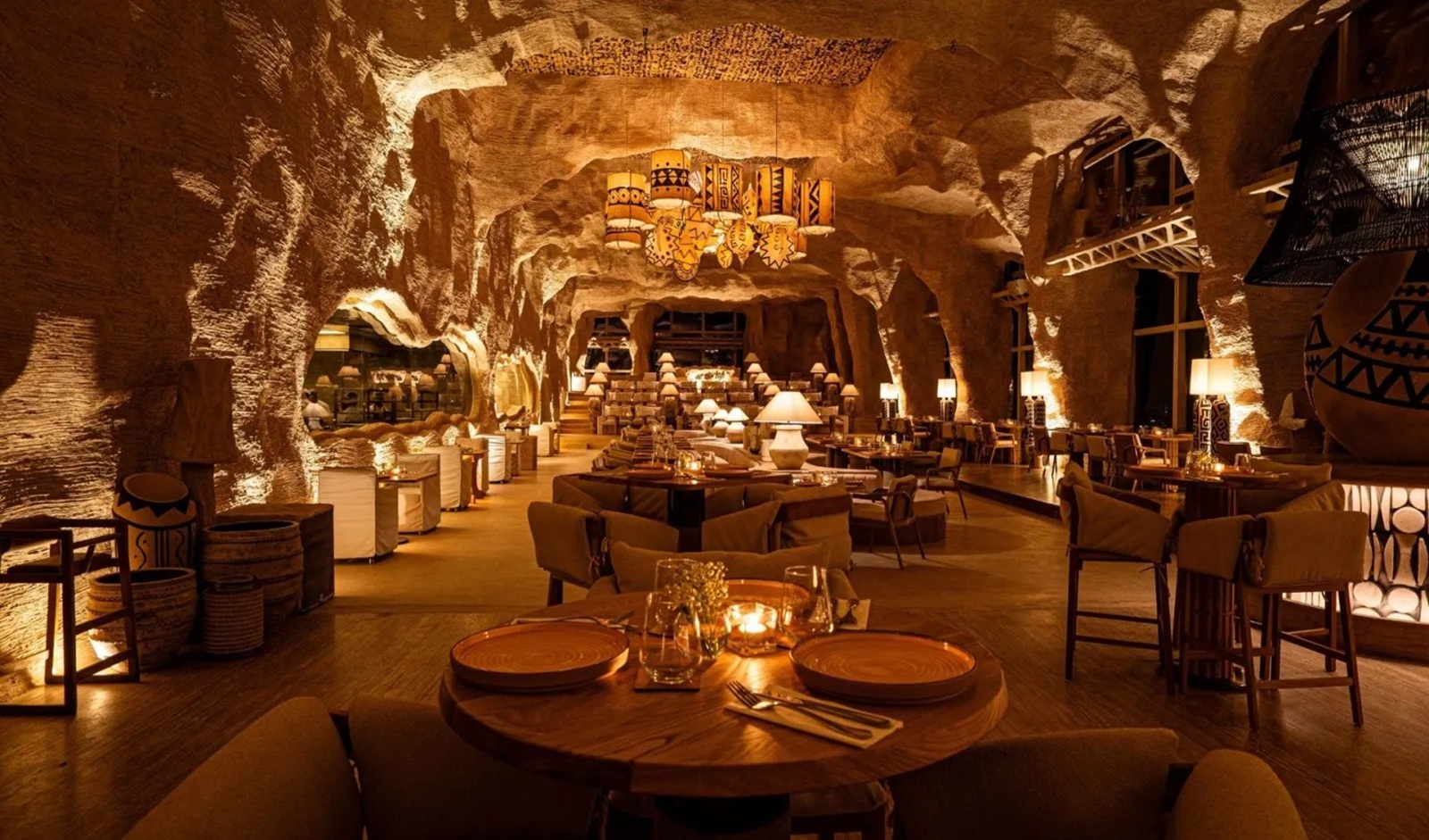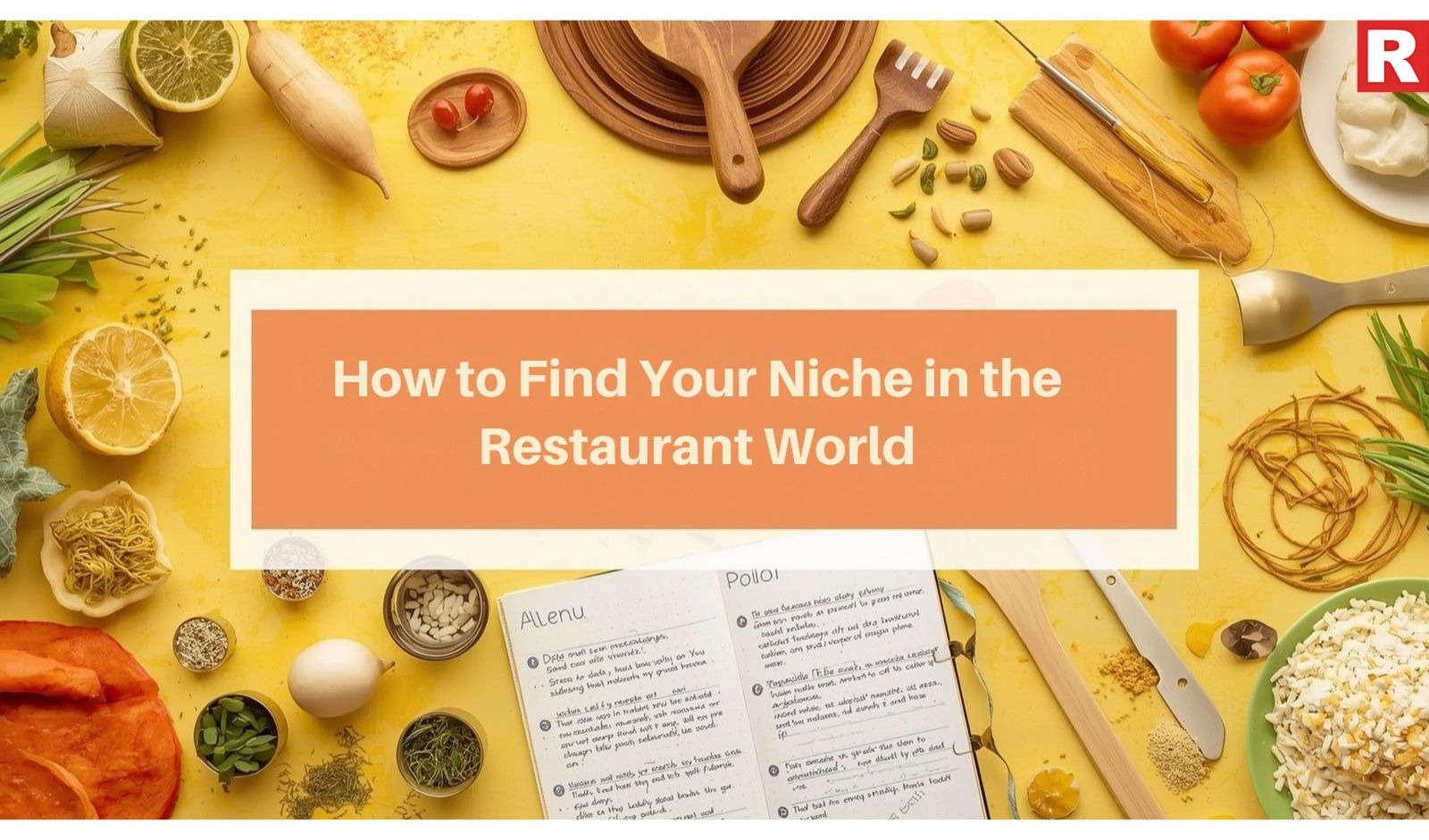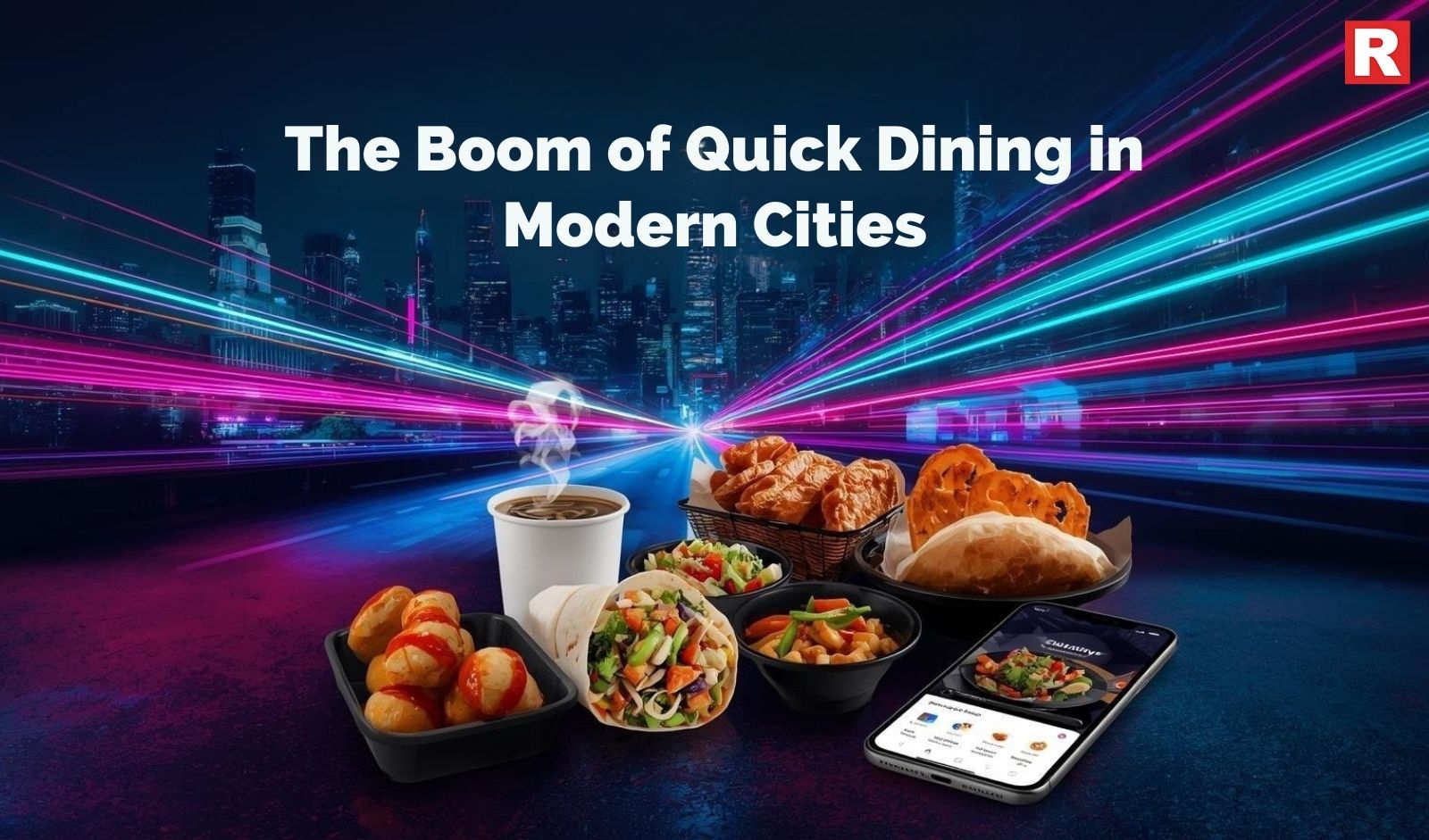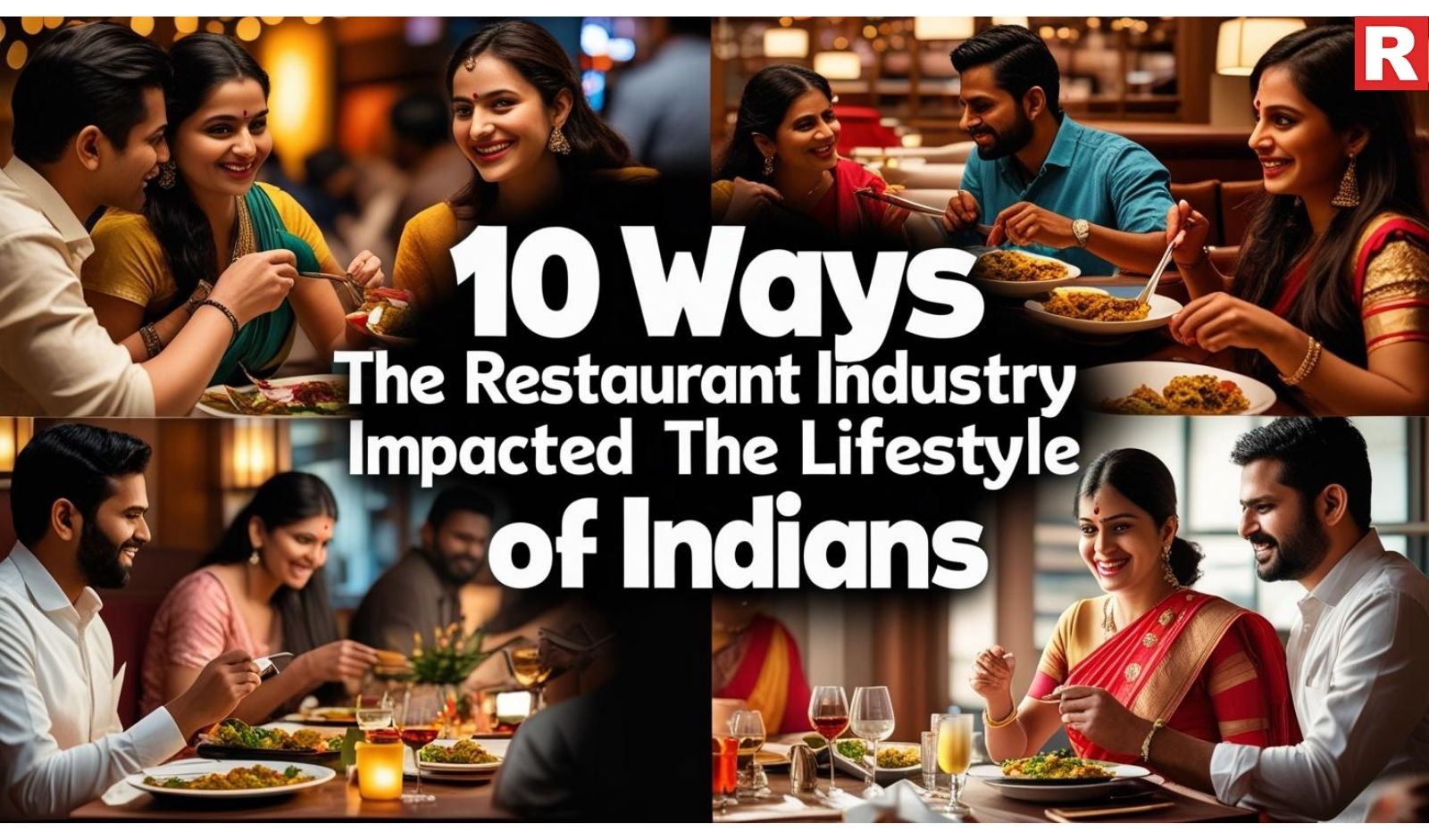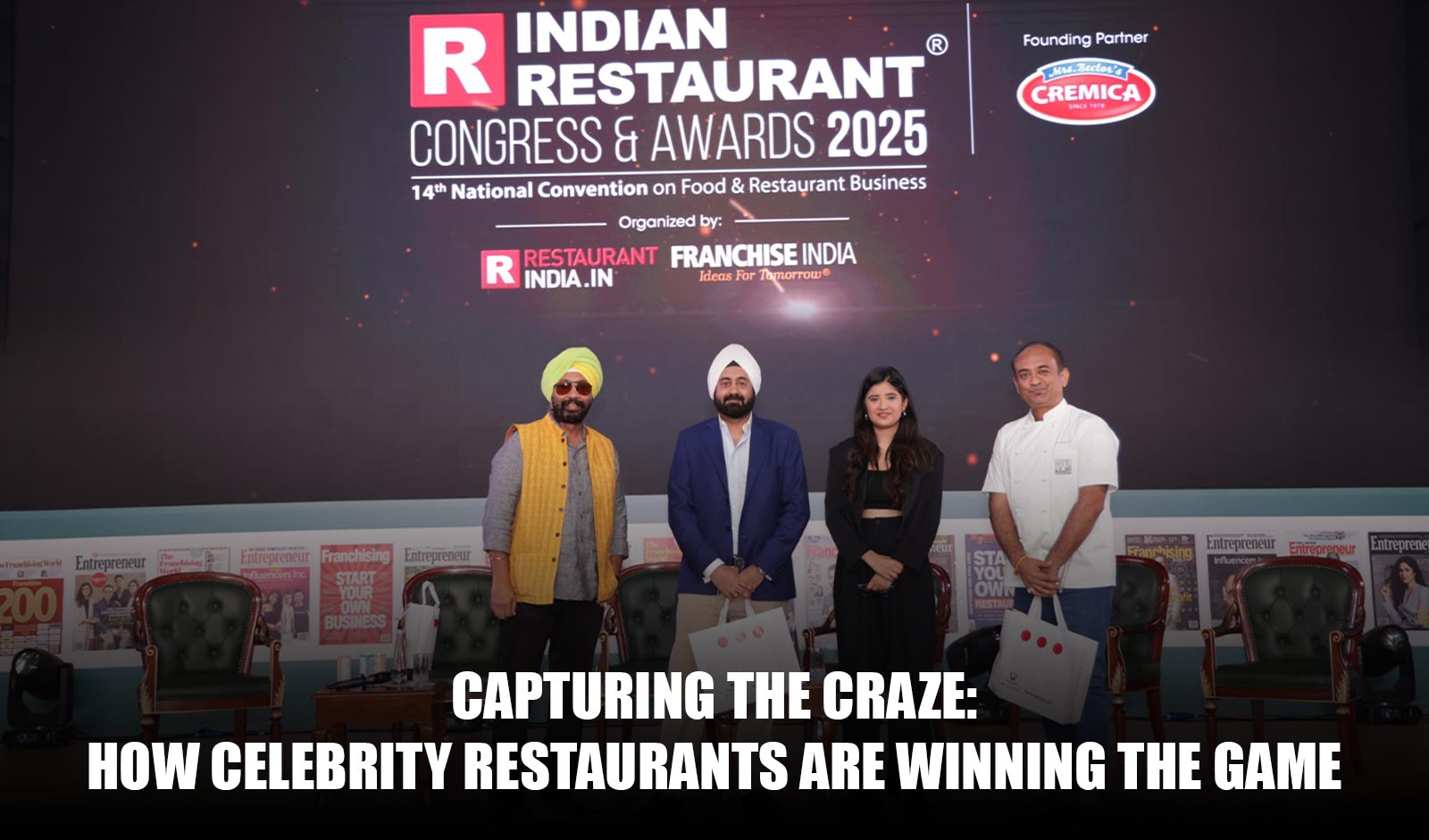Luxury today is not about excess but about refined nostalgia, where comfort dishes are recreated with premium ingredients, regional storytelling,…
In an exclusive interview, celebrated chef Manish Mehrotra of MMCA challenges culinary labels, urging a shift in perspective.
Non-food items now account for roughly 53% of spending in rural areas, up from about 47% in 2011–12. The share of non-food in urban areas has…
Special festive menus showcase a blend of traditional Indian delicacies and contemporary twists, from rich biryanis and fragrant curries to artisanal…
Sustainability is now part of the operating model. Kitchens designed to reduce waste, bars that recycle, and partnerships with local producers…
Choosing the right electric cooker can make a big difference in a restaurant’s performance. It helps save time, energy, and money. More importantly,…
If you are confused about what theme would suit your restaurant, then we have an idea for you. How about opening a spooky theme restaurant? This will…
These brands help restaurants maintain the same taste across outlets, which is important for customer trust.
The restaurant became Mumbai’s favourite, especially a popular food spot for food lovers and celebrities in Mumbai since 2016.
A restaurant niche is a specialized segment of the market that you serve with a unique concept, menu, or experience. It is one of the characteristics…
The rise of quick dining in cities reflects more than just food habits. It mirrors the way people live, work, and value their time. Quick dining…
While, Indians are more focused on trying different cuisines, on the global front, Indian cuisine is in demand. As per reports, there are 40% of…
Eating out was a rare occurrence, usually associated with celebrations, vacations, or pilgrimages. But the growing restaurant industry, from the…
In the early stages, it’s often the investors who are most excited about bringing a celebrity on board. They’re the ones who get starstruck first—…
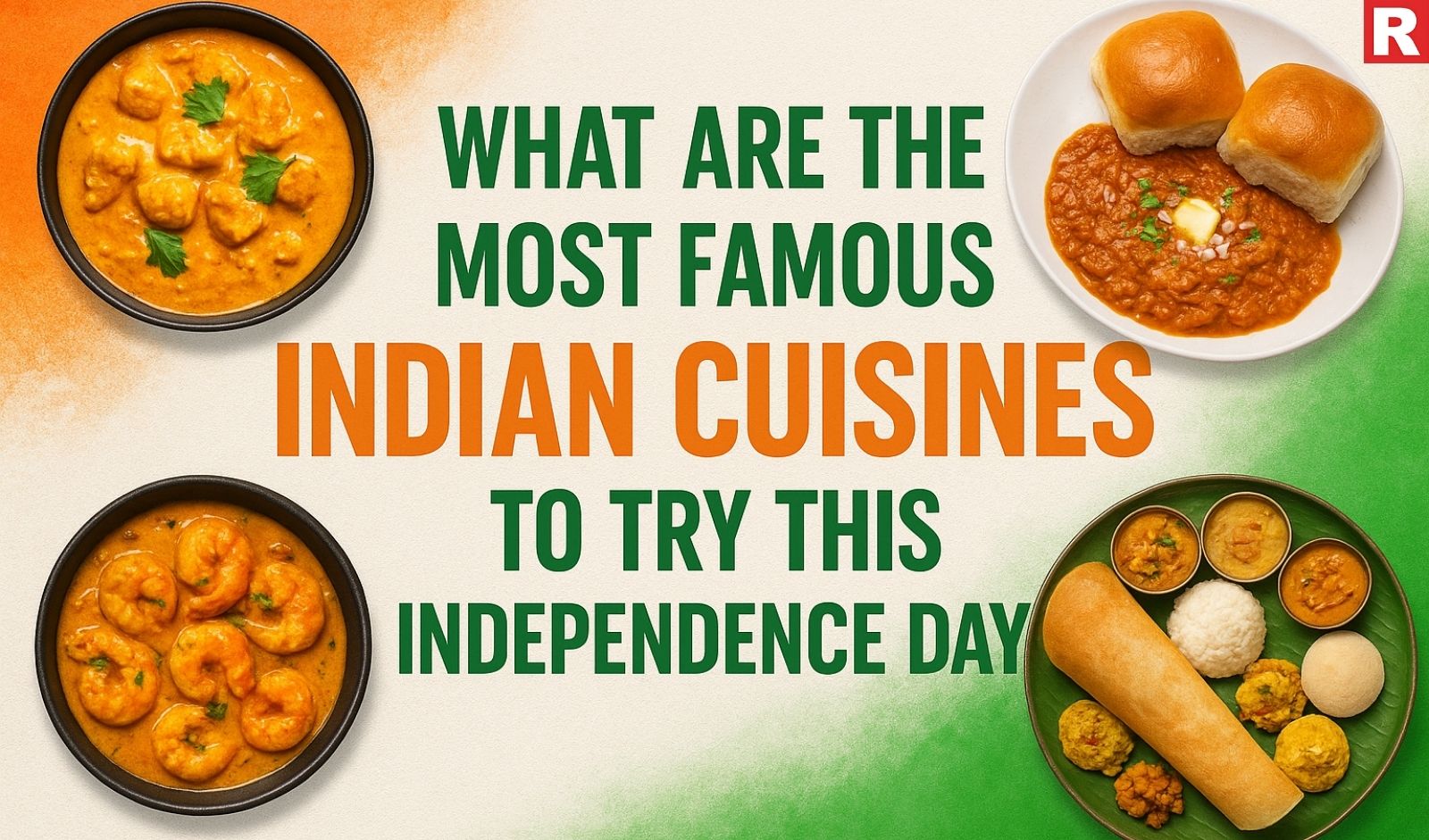
Independence Day is about remembering our roots. Food brings people together, just like the freedom movement did.
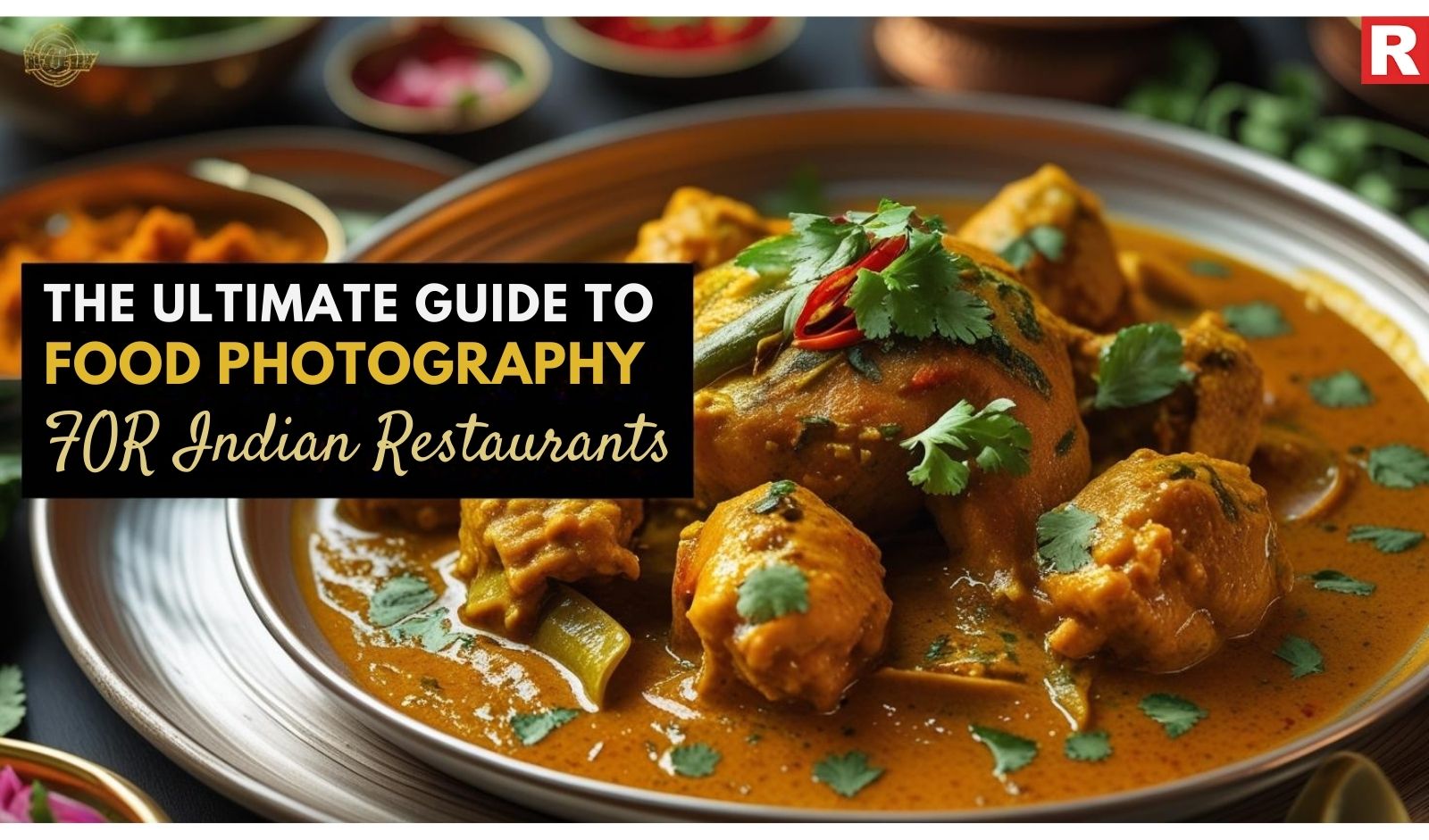
With food photography, a restaurant can grab the attention of customers in an instant. Therefore, in this article, we will look at the art and…

Understanding the world of government loans can be difficult due to their complex processes and eligibility requirements. This article is…
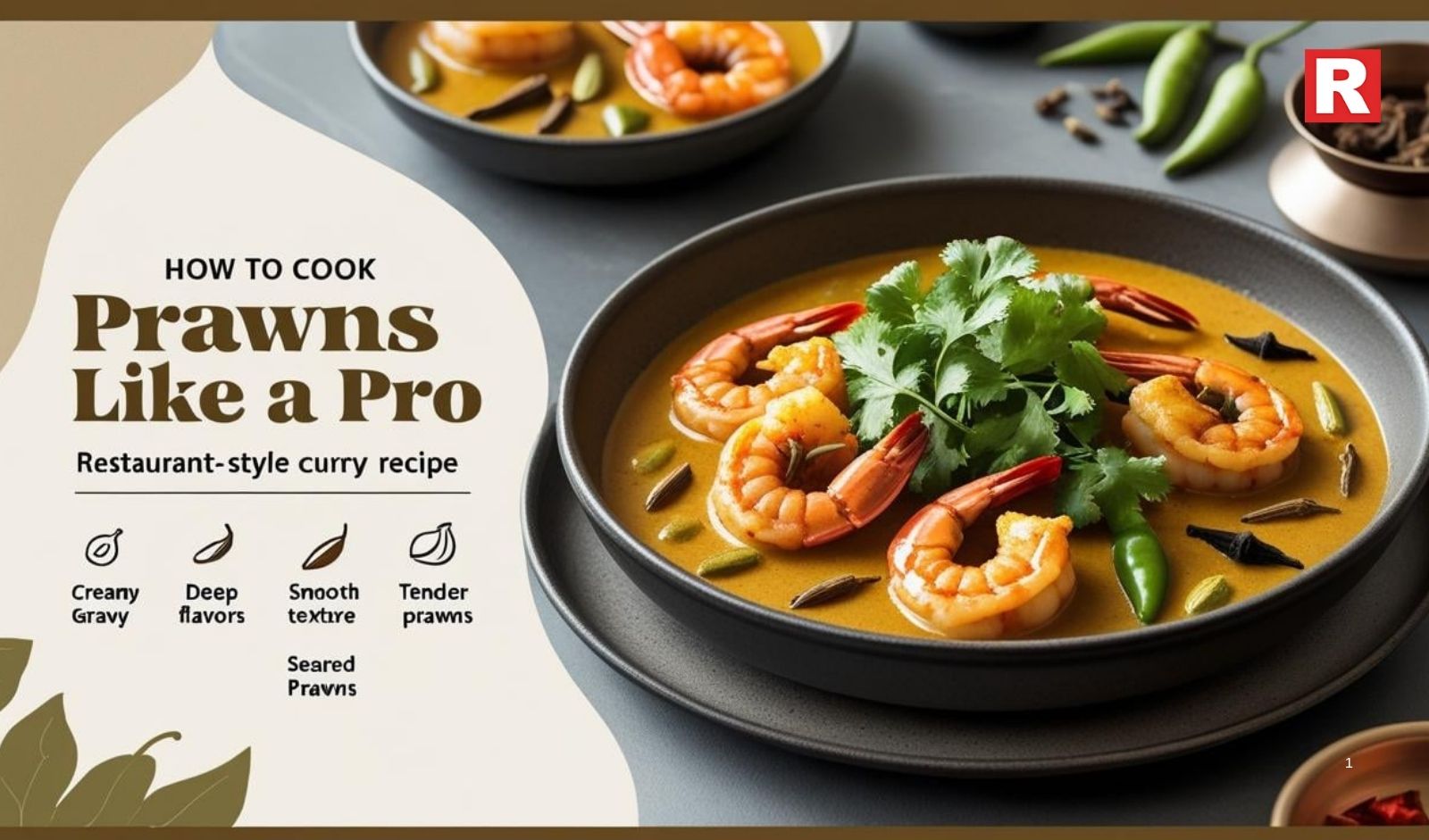
This restaurant-style prawn curry brings together rich, creamy gravy and soft, juicy prawns. The curry base is slow-cooked to let the spices open up.
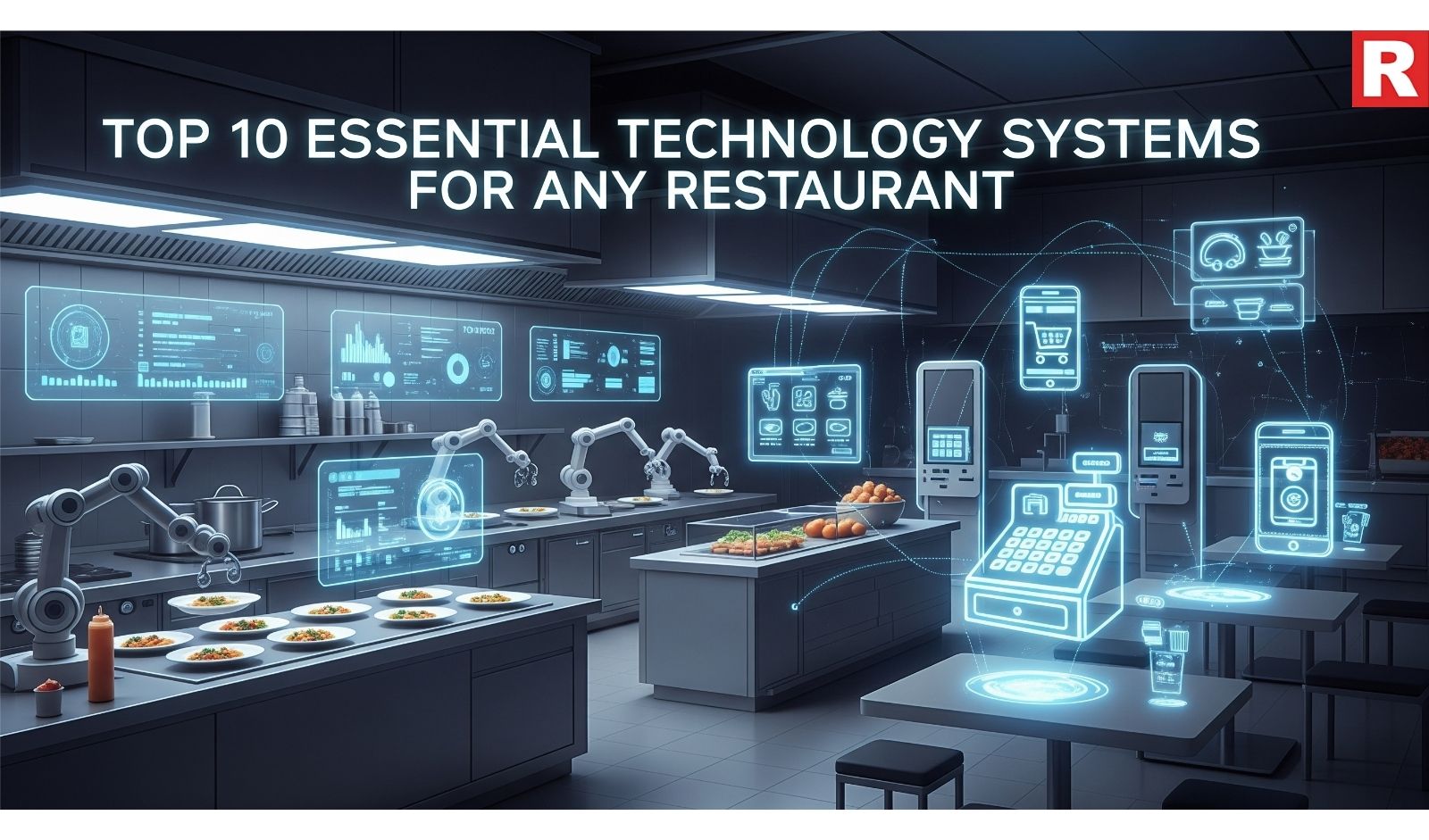
The restaurant industry has seen significant changes as a result of new technologies. These technologies have had a substantial impact on a wide…
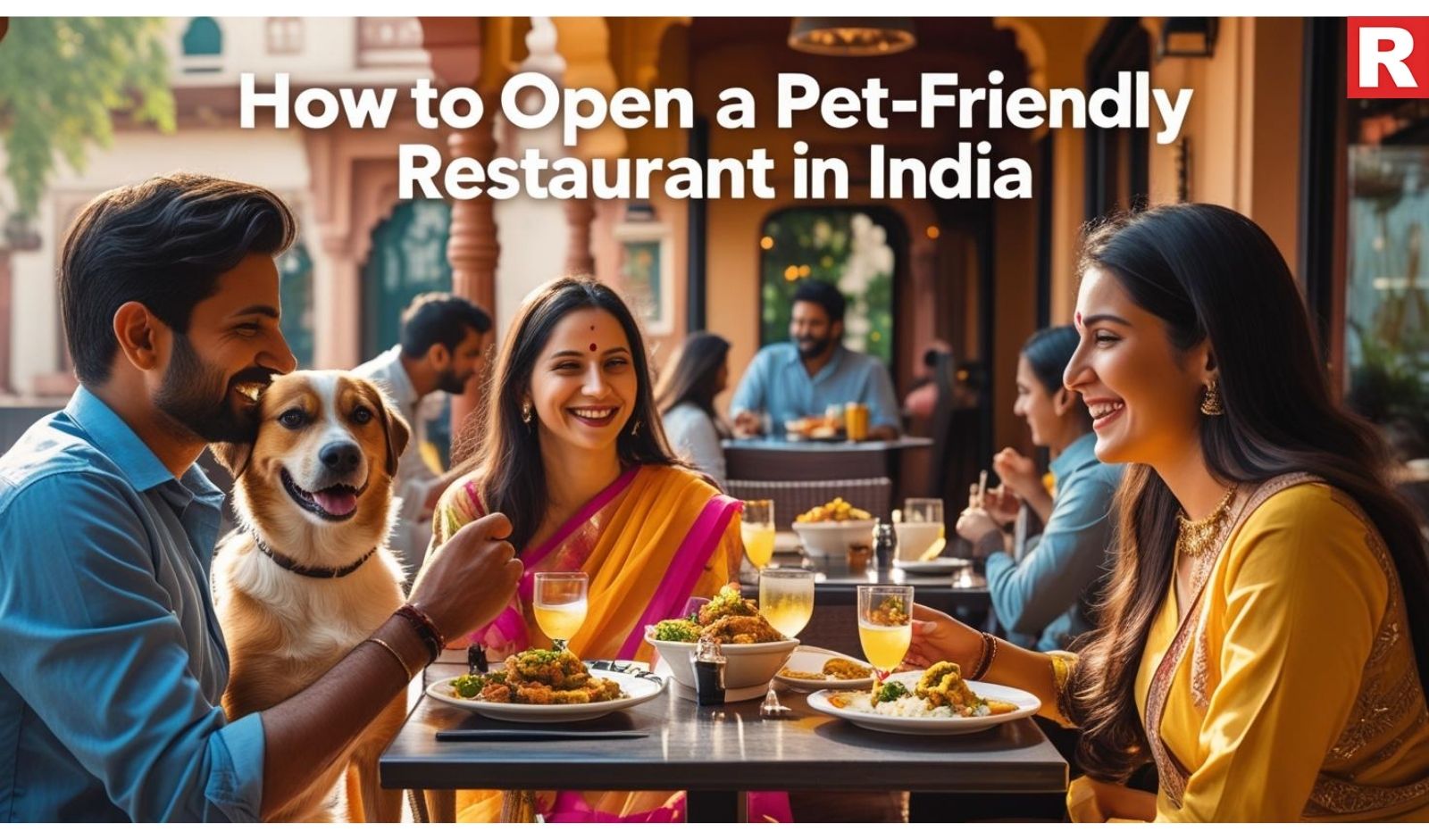
Traditionally, pets were prohibited in most public areas, including restaurants. However, as the modern era progresses, so does the desire for pet-…
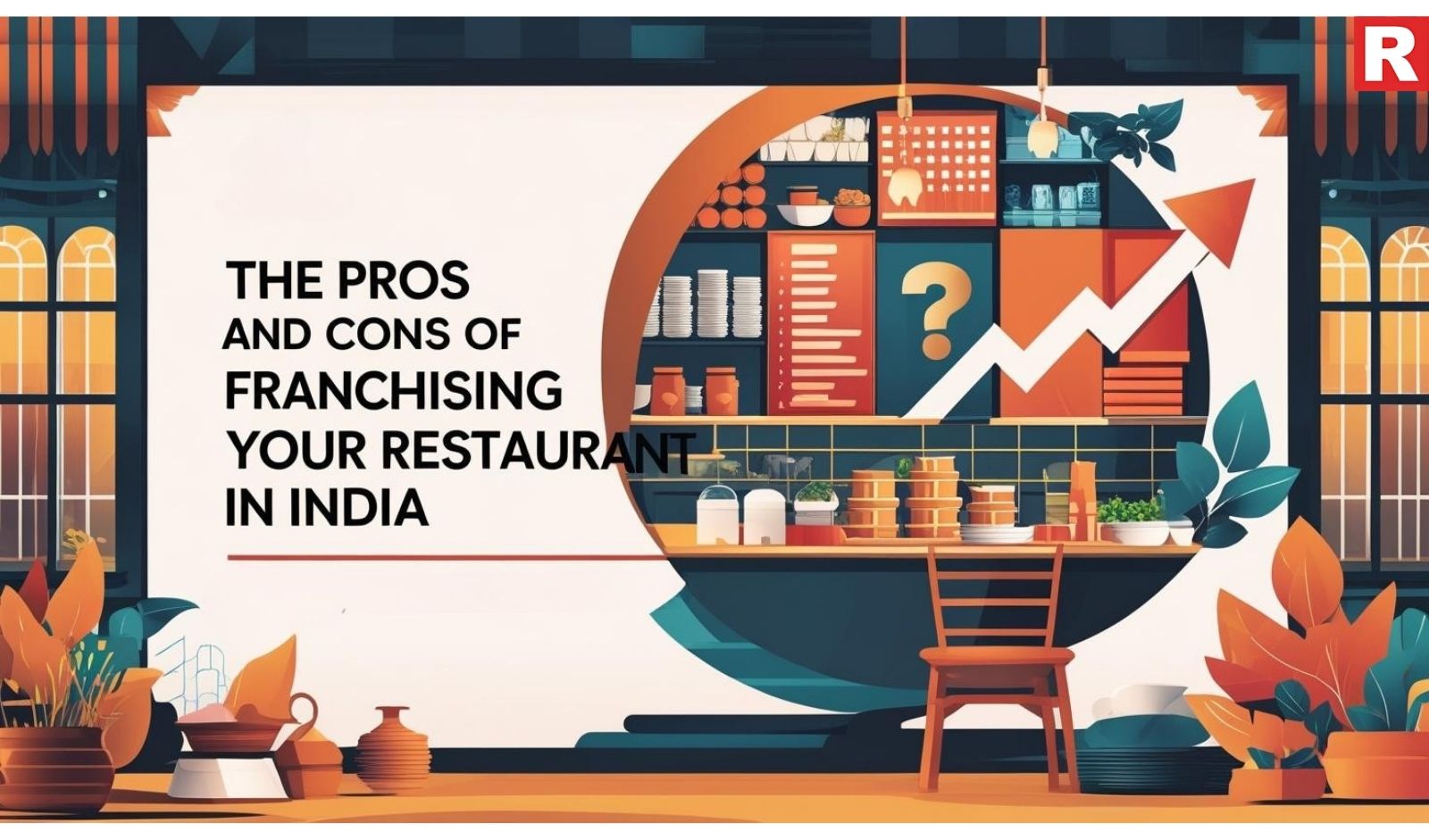
Restaurant franchising is a significant growth opportunity. The desire for fast growth, brand enhancement, and a potentially profitable revenue…
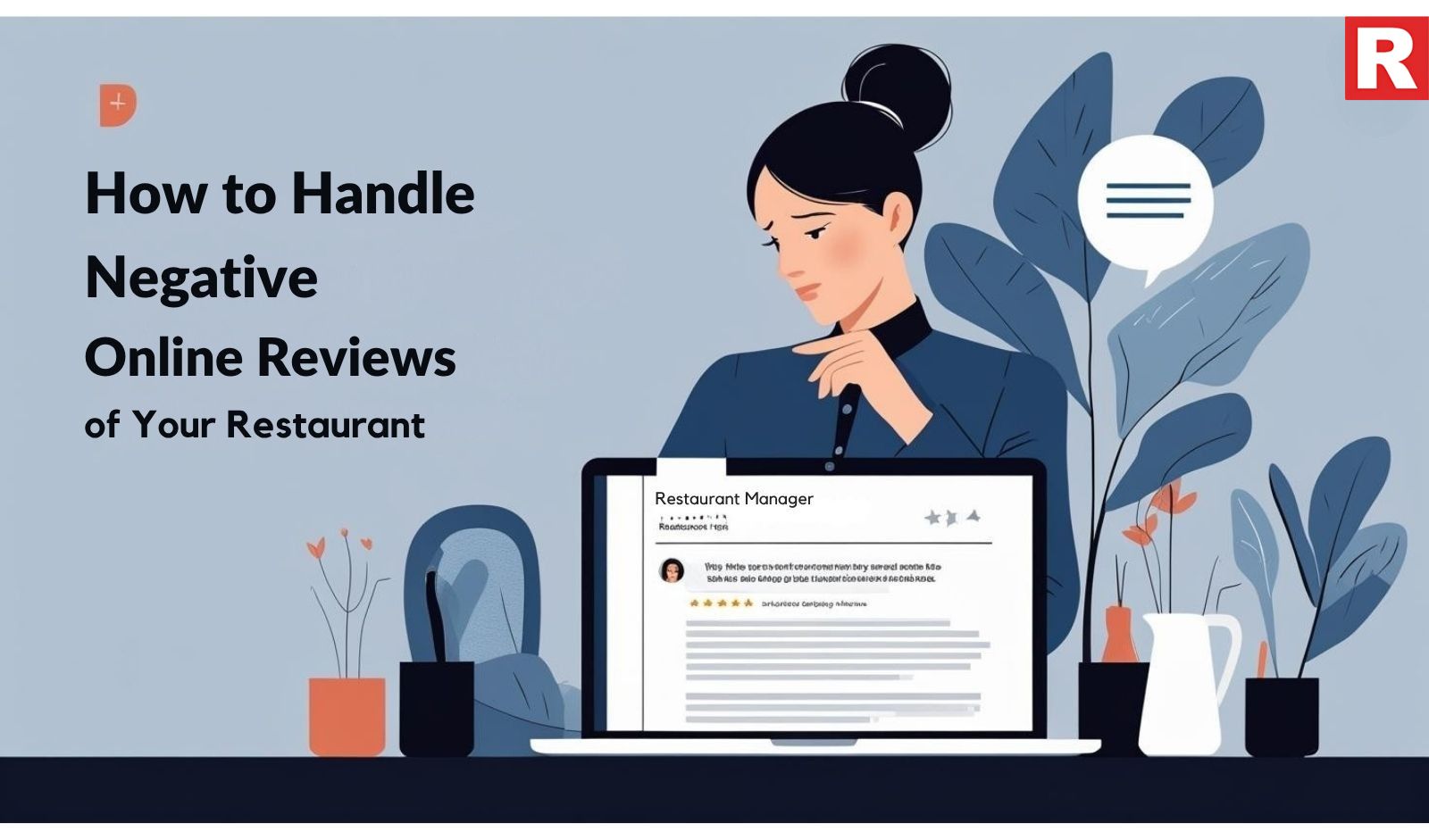
Just like positive reviews can boost sales, negative reviews might reduce them. If there are more negative reviews than positive ones, then it will…
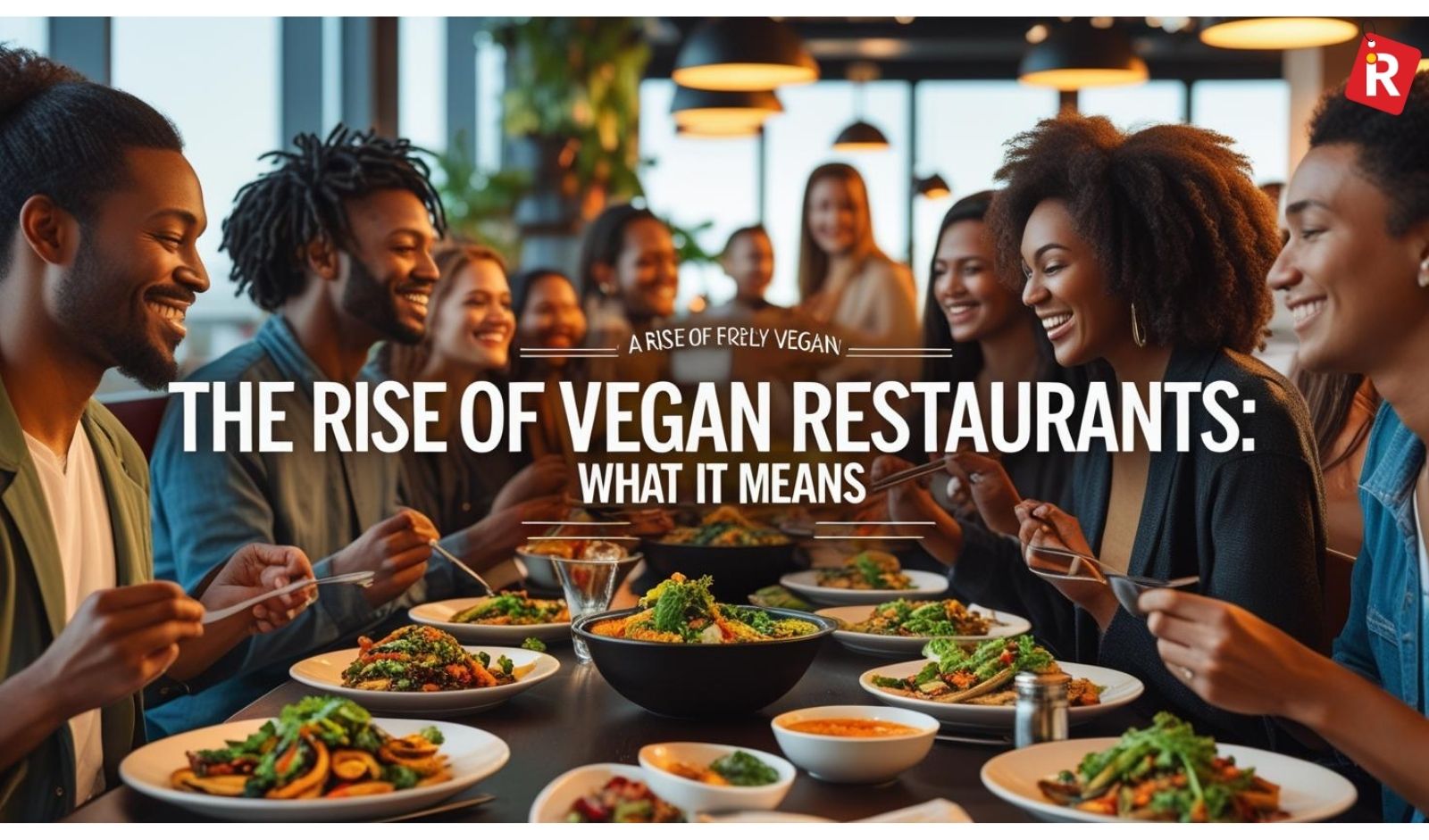
There has been a rise in restaurants specializing in vegan cuisine in India. This theme, which was previously thought to be a specialized idea that…
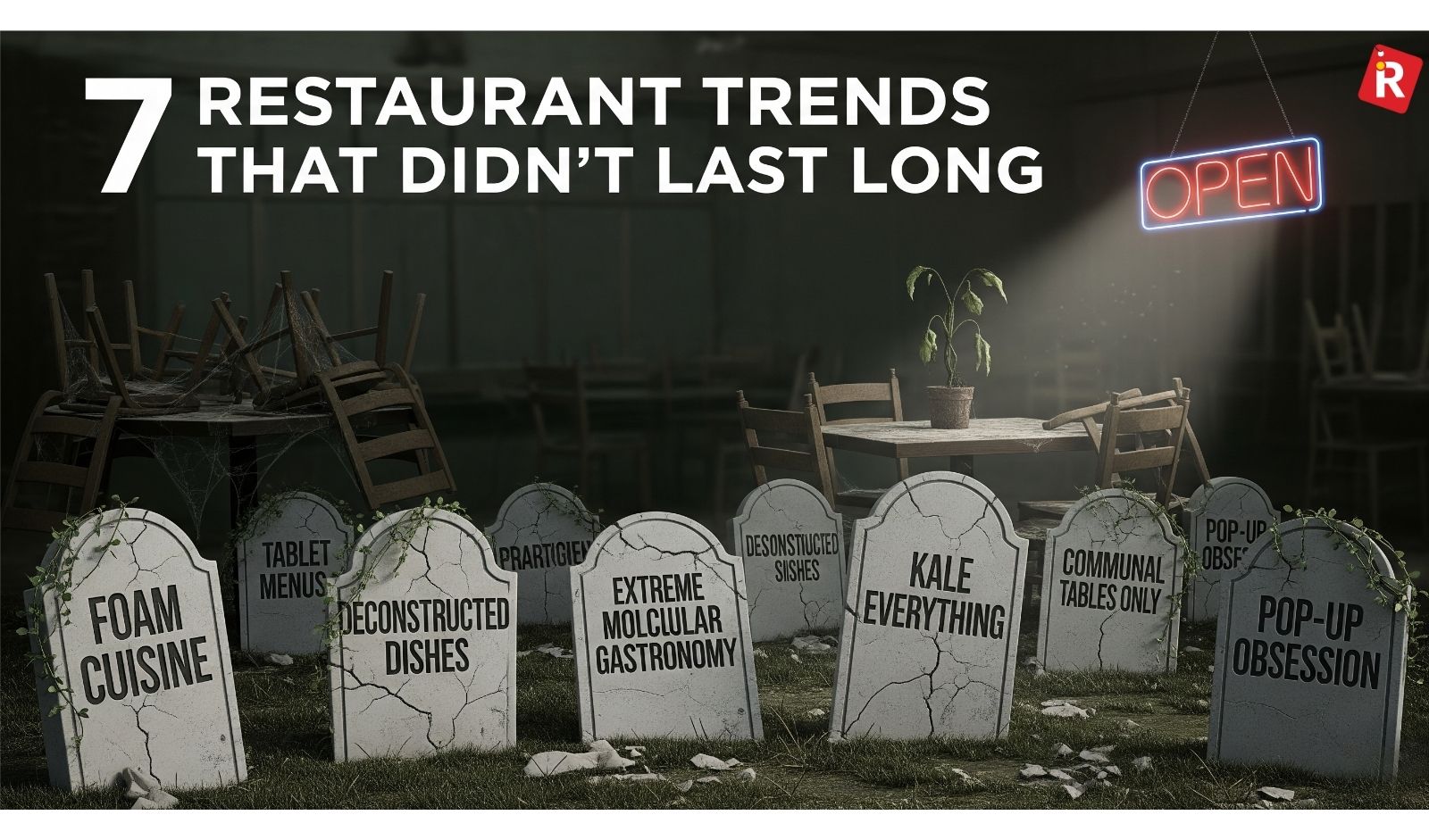
The thing with trends is that they keep emerging, and new ones are introduced. Therefore, if a trend is too old or not making enough money, it is…
Copyright © 2009 - 2025 Restaurant India.





